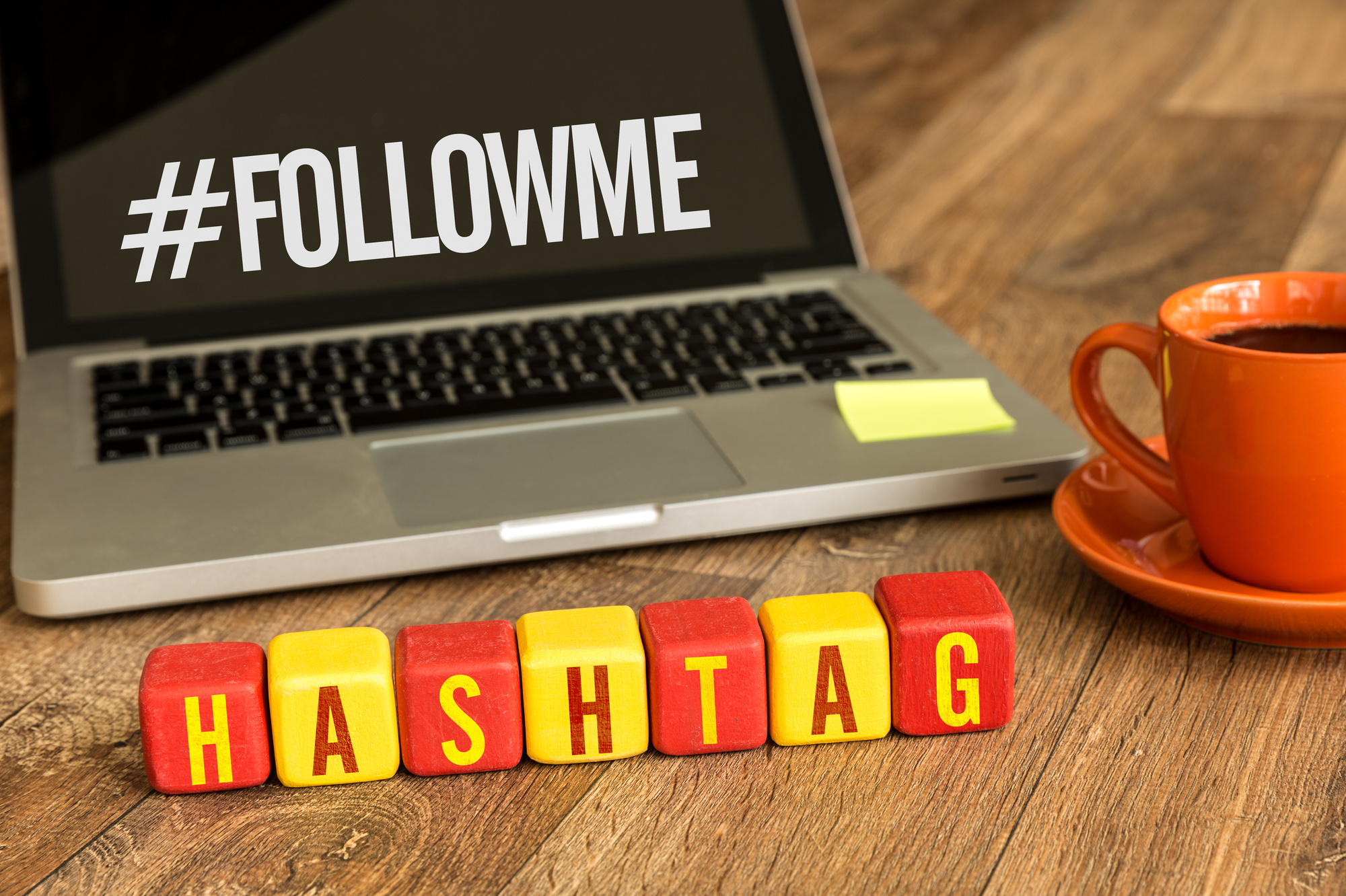Social media has fundamentally transformed and our lives and shaped our society. There’s a good chance that not a single day goes by that you don’t interact with some form of social media.
With billions of active users across dozens of platforms, social media is one of the most rapidly expanding forms of communication.
That rapid evolution of social media is astonishing to think about. Imagine going back in time half a century that they could soon communicate with friends all around the globe with a device in their pocket.
But have you ever stopped to wonder where social media came from and where it’s headed?
Here’s a brief breakdown of the history of social media and what we think the future has in store.
The Internet And The Global Village
Suffice to say, without the Internet, we wouldn’t have social media. In fact, you wouldn’t be able to read this very article.
And while many scholars dismissed the first incarnation of the World Wide Web as nothing more than a trend destined for failure, one intellectual saw the Internet as the communication platform of the future.
That man was a Canadian professor, author, and philosopher Marshall McLuhan.
McLuhan believed that technology would bring the world together in what he referred to as The Global Village.
Where once the world was divided into nations and continents, this new form of technology would make us all one tribe, uniting us and bringing us closer together than ever.
But what does McLuhan’s assessment have to do with social media?
McLuhan’s work was (and still is) widely respected in the field of media and communication studies. It’s believed that his excitement for the web spurred public interest to the growing technology and gave it some legitimacy among the public.
While McLuhan may not have been as instrumental as, say, Steve Wozniak and Steve Jobs or Bill Gates, it’s believed that his work helped shape and dictate the social networks we use today.
The Beginnings Of The Social Media Revolution
According to the findings of The Pew Research Center, a poll in 1990 suggested that only 42 percent of adults used a computer on an infrequent or semi-frequent basis. Amazingly, only 14 percent of respondents had access to the Internet.
Back in the early 1990s, the Internet was pretty sparse. It was typically only used for finding rudimentary research and, thanks to a beautiful invention known as America Online (AOL), checking your email.
The first social networks didn’t pop up until the mid-1990s, as personal computers became more popular.
Now, everyone was browsing the web on their sweet, blocky computer, with its super-fast 8mb hard drive. For reference, you can buy a 16 GB SD card for $10 today, which has several thousand times more storage than the average ’90s computer.
Once the Internet started gaining some traction, sites like Geocities, Six Degrees, and The Globe began to pop up.
These sites offered an exciting new experience. Now, users didn’t have to only read content — the could publish their own!
By the time the Dot-Com bubble burst in the year 2000, millions of users were logging on each day to chat with their friends on AOL Instant Messenger and update their Live Journals.
A New Millennium Brings New Possibilities
Within the first few years of the new millennium, household computer usage began to rise thanks to increased Internet access.
Additionally, new forms of handheld technology such as Palm Pilots and BlackBerrys let users access their emails and contacts lists from virtually anywhere.
Since the technology was more accessible than before, developers began to conceptualize what we now know as social media.
Site building and blogging tools like Xanga (which employed future Twitter co-founder Biz Stone), Friendster, and LiveJournal became less popular thanks to instant messaging.
The public’s thirst for real-time interaction was at an all-time high when MySpace launched in the fall of 2003.
MySpace took off like a rocket. Sure, other sites were popular, but few platforms had the clout and seemingly overnight success that MySpace enjoyed thanks to a strong word of mouth campaign.
Upon launch, the platform was one part social network and one part blogging platform. Users could meet and add friends from all around the globe.
They could publish their latest thoughts (or spam mail) to the semi-public bulletin board. They could even use basic coding techniques to customize their profile page!
MySpace was an immediate hit. In fact, Barack Obama used the site as a makeshift rallying tool to interact with users and start his campaign.
Rise Of The Giants
At the height of MySpace’s popularity, a small up and comer named Mark Zuckerberg created a university-wide social network/directory with his roommates at Harvard.
Facesmash, as it was called at the time, caused quite a stir upon its release. Particularly since the site required users to belong to a university.
Still, it became the cool, new underground platform for the more mature social user.
When the site finally went public to all users, it became one of the most popular websites of all time. In fact, it’s the third most visited website today, trailing behind Google and YouTube.
Two years after Facebook’s first release, former Xanga employee Biz Stone and his partners Jack Dorsey, Evan Williams, and Noah Glass launched Twitter.
At the time, Twitter was intended to function as a microblogging site. Each “tweet” would offer a small snippet of users’ daily lives.
Finally, Instagram gave users the chance to let their photos do the talking. Though it didn’t take off initially, Facebook eventually purchased and repackaged the platform for its own site as a response to audiences’ increasing preferences for visual content.
What Is The Future Of Social Media?
So all of this begs the question: What is the evolution of social media going to look like?
Expect visual content to become the new norm. While users will still come to blogs like this one, a picture is worth a thousand words.
You should also expect to see more brands focus on social media advertising. Click for more information on how tech is shaping the way companies do business.
Advertisements are already one of users’ primary concerns. However, marketing will only become more intertwined with social media in the coming years.
Finally, expect content to become more shareable. Sharing ideas and images is, after all, the point of social media. Businesses are expected to prioritize simplifying the sharing process. Soon you’ll be able to update your social site in just a click or a tap.
Final Thoughts On The Evolution Of Social Media
It’s astounding to think about how far social media has come since in just a few decades. And with an exciting future ahead, we can’t wait to see what great new trends will inform the evolution of social media!
Want to learn to maximize your social media clout? Be sure to check out our social media tips for great ideas and how-to guides.







